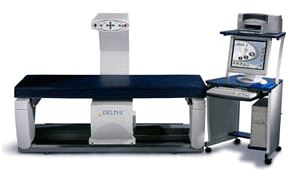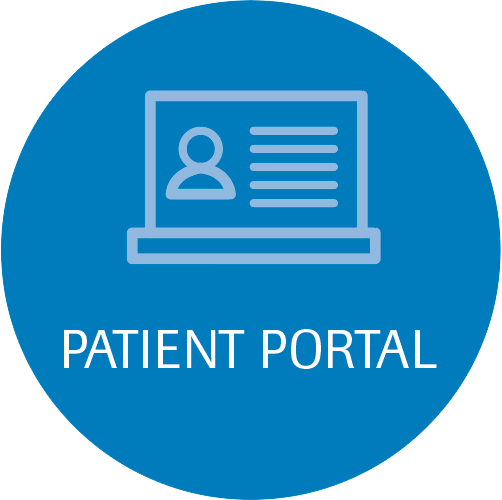What is a DEXA scan and what does it do?
 DEXA stands for ‘Dual Energy X-ray Absorptiometry’. It is the most commonly used test for measuring bone mineral density. It is one of the most accurate ways to diagnosis Osteopenia or Osteoporosis.
DEXA stands for ‘Dual Energy X-ray Absorptiometry’. It is the most commonly used test for measuring bone mineral density. It is one of the most accurate ways to diagnosis Osteopenia or Osteoporosis.
A DEXA scan detects weak or brittle bones before you have a fracture. The score helps to predict your chance of fracture in the future, and perhaps the need for osteoporosis medication. The DEXA scan, when compared to previous DEXA scan results, indicates whether your bone density is improving, worsening, or staying the same. It helps determine if your osteoporosis medication is working. After a fracture occurs, a DEXA scan can assess if it was likely due to osteoporosis.
Who performs the test?
The examination is performed by a licensed Radiologic Technologist.
Where does it take place?
Outpatient Center Hudnall Building, Room 110, located adjacent to the hospital.
How long does it take place?
The average person takes 10–15 minutes.
What can I do to make it a success?
- Please bring physician orders to your appointment.
- DEXA exam table weight limit is 300 lbs.
- Inform technologist prior to exam if there is a possibility of pregnancy.
What should I do before the exam?
On the day of the exam you may eat normally. You should not take calcium supplements for at least 24 hours before your exam. You should wear loose, comfortable clothing, avoiding garments that have zippers, belts or buttons made of metal. You will be asked to remove objects such as keys or wallets that would be in the area being scanned. You may be asked to remove some or all of your clothes and to wear a gown during the exam.
You will have to wait 3 to 7 days before undergoing a DEXA test, if you recently had a barium examination or have been injected with a contrast material for a computed tomography scan (CT) or radioisotope scan as these would interfere with your results.
What happens during the exam?
In the DEXA examination, which measures bone density in the hip and spine, the patient lies on a padded table. If you are unable to lie on the table or have metallic implants in your hips and/or spine that may interfere with your results, you can sit in a chair with your forearm on the scanning table for a DEXA scan of the forearm.
An imaging device, or detector, is positioned above which slowly passes over the area, generating images on a computer monitor.
You must hold very still while the x-ray picture is taken to reduce the possibility of a blurred image.
What should I do after the exam?
A Radiologist will analyze the images and send a signed report to your physician.
Your test results will be in the form of two scores:
- T score—This number shows the amount of bone you have compared with a young adult of the same gender with peak bone mass. A score above -1 is considered normal. A score between -1 and -2.5 is classified as osteopenia (low bone mass). A score below -2.5 is defined as osteoporosis. The T score is used to estimate your risk of developing a fracture.
- Z score—This number reflects the amount of bone you have compared with other people in your age group and of the same size and gender. If this score is unusually high or low, it may indicate a need for further medical tests.
Contact Information:
Hospital (main operator): (850) 526-2200
Mammography Department at OP Center: (850) 718-2585 or (850) 718-2595
Radiology Department (at hospital): (850) 718-2580





